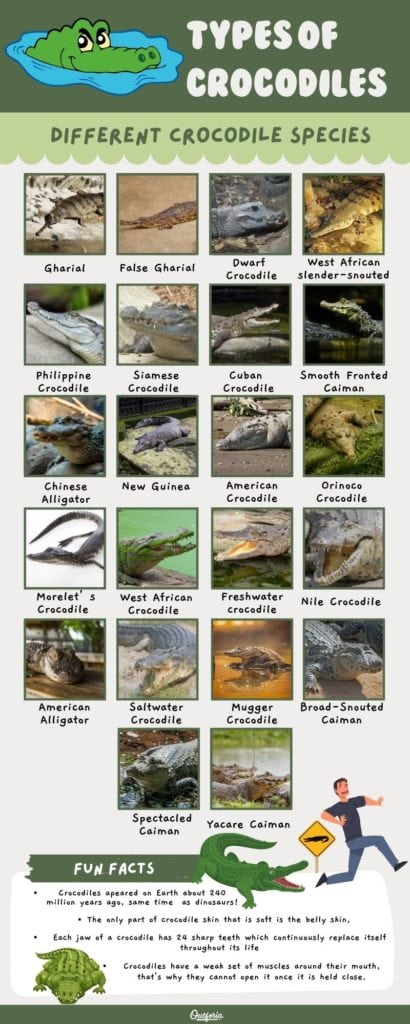LAND DEGRADATION
Introduction
Land degradation is a serious environmental problem that affects millions of people and ecosystems around he world. It is the decline or loss of the productive capacity of the land due to human activities or natural factors. Land degradation can lead to food insecurity, poverty, climate change, biodiversity loss, and increased vulnerability to disasters.Causes of land degradation
According to the United Nations, about 30% of the world's land is degraded, and about 3.2 billion people live in these areas. Land degradation is caused by various factors, such as:
- Land clearance, such as deforestation and overgrazing: can bring about land degradation in several ways. Deforestation is the purposeful clearing of forested land for purposes such as agriculture, animal grazing, and obtaining wood for fuel, manufacturing, and construction . Overgrazing occurs when too many animals graze on a piece of land for too long, preventing the growth of new vegetation . Both deforestation and overgrazing can lead to soil erosion, loss of biodiversity, and disruption of ecosystem services.
- Irrigation that causes waterlogging and salinization of soils: Waterlogging and salinization of soils can bring about land degradation by reducing the agricultural productivity of affected lands. Waterlogging occurs when soil pores become saturated with water, depriving plant roots of oxygen and making it difficult for them to absorb nutrients. Salinization refers to the accumulation of salts in the soil, which can occur due to factors such as poor irrigation management and the use of saline irrigation water. Both waterlogging and salinization can reduce crop yields and make land unsuitable for agriculture.
- Climate change that alters rainfall patterns and increases the frequency and intensity of droughts and floods: Changes in rainfall patterns and increases in the frequency and intensity of droughts and floods due to climate change can bring about land degradation. Climate change is affecting rainfall patterns, with some regions experiencing more intense rainfall and others experiencing decreases in precipitation . This can lead to changes in erosion rates and soil moisture levels, which can contribute to land degradation . For example, intense rainfall can cause soil erosion, while droughts can reduce soil moisture levels, making it difficult for plants to grow.
- Agricultural practices that deplete soil nutrients and organic matter, such as monocropping and excessive use of fertilizers and pesticides: Monocropping and excessive use of fertilizers and pesticides can bring about land degradation by depleting soil nutrients and organic matter. Monocropping, or the practice of growing the same crop on the same land year after year, can deplete the soil of specific nutrients required by that crop . Excessive use of chemical fertilizers can also lead to nutrient imbalances and loss of soil organic matter. The overuse of pesticides can disrupt soil food webs and harm beneficial soil organisms. All of these practices can reduce soil health and fertility, leading to land degradation.
Impacts of land degradation
Land degradation has negative impacts on both the environment and human well-being. Some of the consequences are:
- Reduced crop yields and livestock productivity, leading to food insecurity and malnutrition
- Loss of ecosystem services, such as water regulation, soil fertility, carbon sequestration, and pollination
- Increased greenhouse gas emissions from soil erosion and land use change, contributing to global warming
- Loss of biodiversity and habitat for wildlife, threatening endangered species and genetic diversity
- Increased risk of desertification, which is the extreme form of land degradation that turns fertile lands into barren deserts
- Increased vulnerability of communities to natural disasters, such as landslides, floods, and droughts.
Solutions for land degradation
To address the challenge of land degradation, there is a need for sustainable land management (SLM) practices that conserve and restore the natural resources of the land while enhancing its productivity and resilience. SLM involves:
- Adopting agroecological practices that diversify crops and livestock, improve soil health, reduce chemical inputs, and enhance biodiversity
- Implementing afforestation and reforestation programs that plant trees and shrubs on degraded lands to restore vegetation cover and prevent soil erosion
- Promoting integrated water management that optimizes water use efficiency, reduces water pollution, and prevents water scarcity
- Supporting community-based initiatives that empower local people to participate in decision-making and benefit-sharing regarding land use and management
- Strengthening policies and institutions that provide incentives and regulations for SLM, as well as monitoring and evaluation systems to track progress and impacts
Conclusion:
The United Nations has declared 2021-2030 as the Decade on Ecosystem Restoration, with a goal to prevent, halt, and reverse the degradation of ecosystems worldwide. The UN also has a target to achieve land degradation neutrality (LDN) by 2030, which means maintaining or improving the amount and quality of land resources within a given area. Achieving these goals will require collective action from governments, civil society, private sector, research institutions, and individuals.
Land degradation is not inevitable. It can be prevented and reversed with appropriate actions and investments. By restoring degraded lands, we can secure a healthy and prosperous future for ourselves and the planet.


.jpeg)







No comments:
Post a Comment